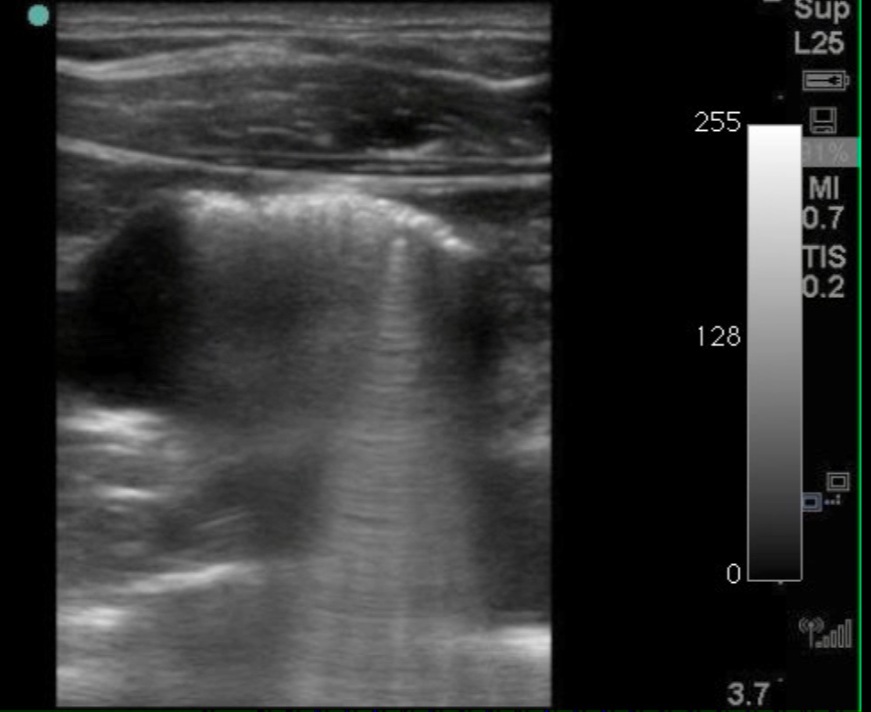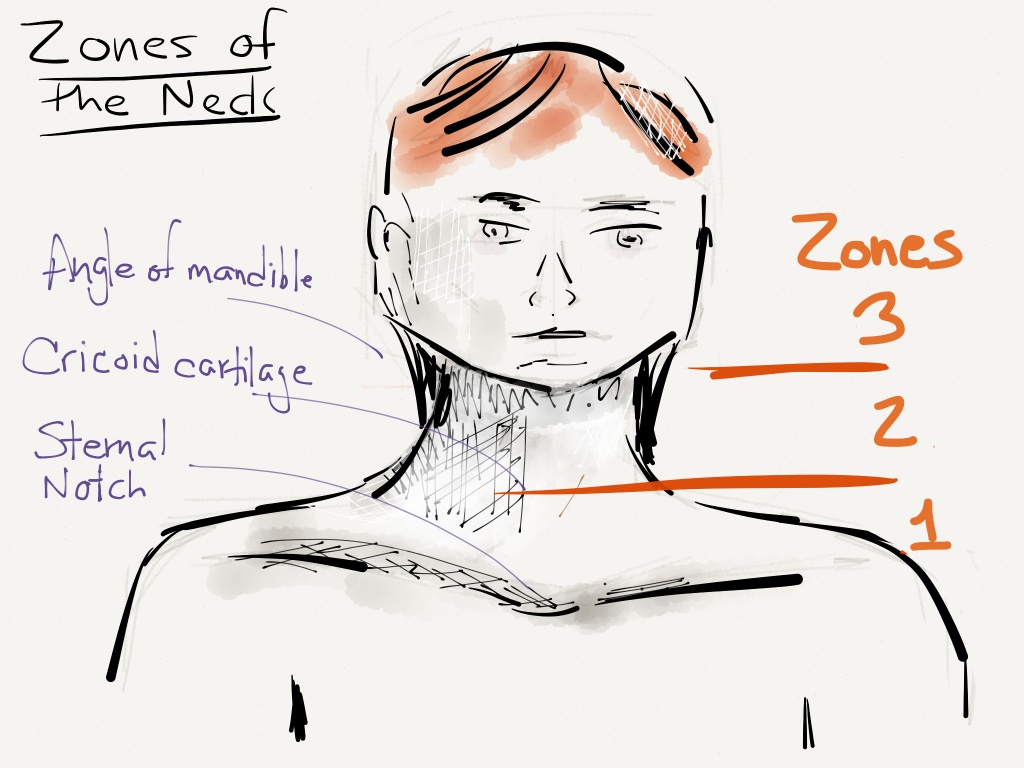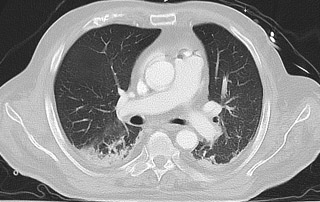Normothermia Protocol for TBI and SAH
The evidence is accumulating that hyperthermia following severe traumatic brain injury (TBI) occurs frequently and worsens neurological outcomes. An interesting paper, Neurocrit Care. 2009;11(1):82-7, showed improved neurological incomes in patients who maintained normothermia. Bas


